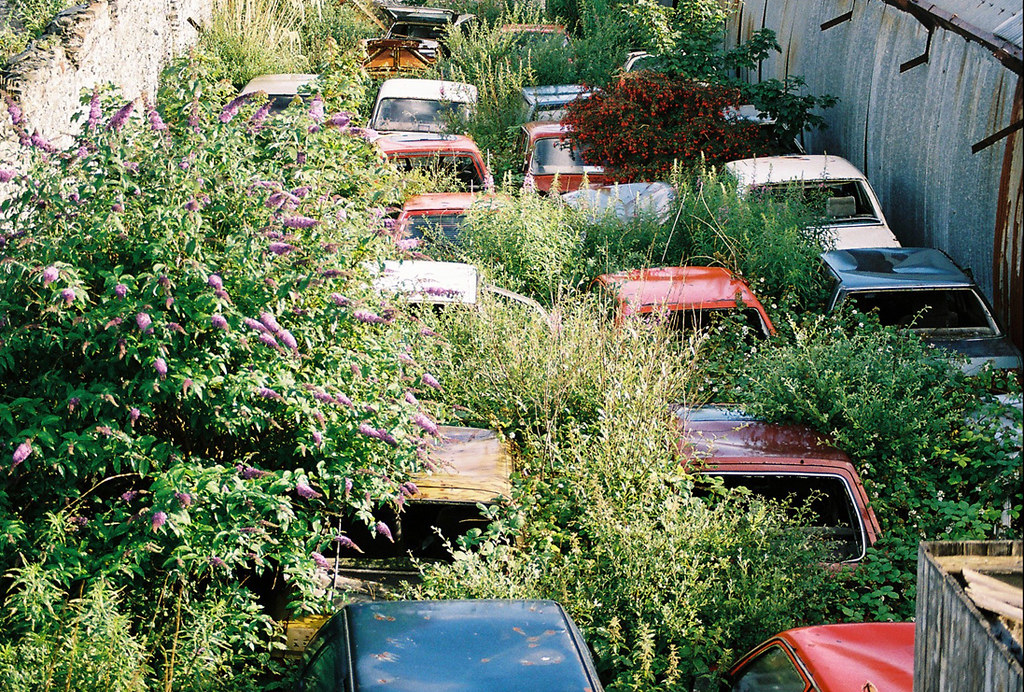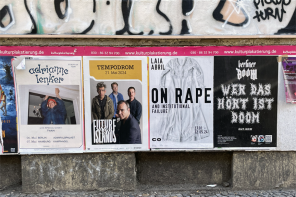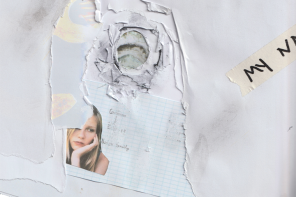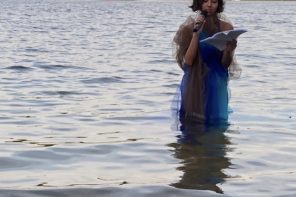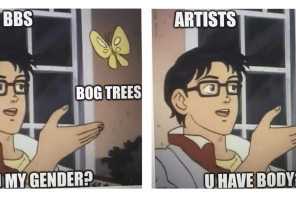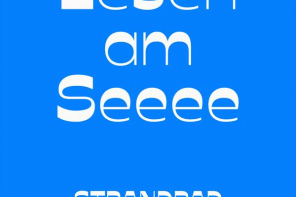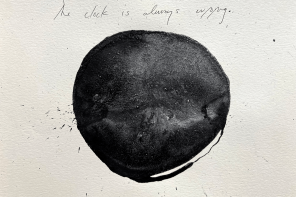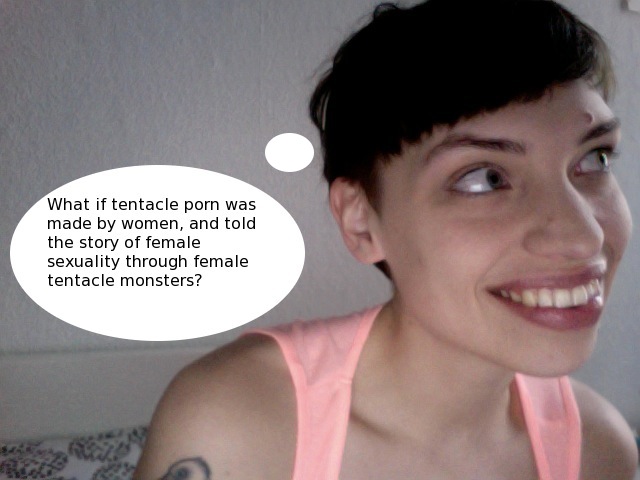Tales by rivers and bodies concerning climate disaster and belonging
Audio transcription:
I am writing this days after the Ahr river flooded in the west of Germany, killing 184 people.* The pictures, a friend says, look photoshopped, as they show me how to move the cursor from right to left, displaying the before and after scenes. All I can think is ‘less green.’ The same friend tells me of the flooding of the Elbe river that happened in 2002, and that it was Eurocentrically named “the flood of the century” (Jahrhundert Flut). After all, most floods of this century have not covered European soil. The broken banks are presented as a governmental failure to predict, re-inforce, and secure. Control measures failed and Germany’s immunity to climate disaster has been torn a little, despite the appearance of success. The holy see it as a message from God, the capitalists call it a time for harder intervention and more capable management, and time travellers say, as with every so-called year, this is the year of the bog.
This short article could get boggy really fast, but instead I will take you to a river that I visited in northern Italy called Tagliamento, which tells a story more fluent and layered. I went in summer 2020. Tagliamento ran in thin strips through the earth, blue against sandy white. I had never seen a river like this: a floodplain three kilometres wide, filled with tributaries like veins, like many rivers in one. The land, a national park and “the last morphologically intact river in the Alps,” is protected by the state and camping anywhere nearby is punishable by fines. I was told that it was the last of its kind in Europe.
In quieter news, activists in Albania fight for the river Cijevna, which is threatened with a 60 km dam commissioned by the Albanian government. The plans were made without consent from neighbouring Montenegro, in a hurry to meet renewable energy goals. “Don’t put it in pipes,” demonstrators shout from the river bed. “When you clog veins in a human body, a human dies; so do rivers.”
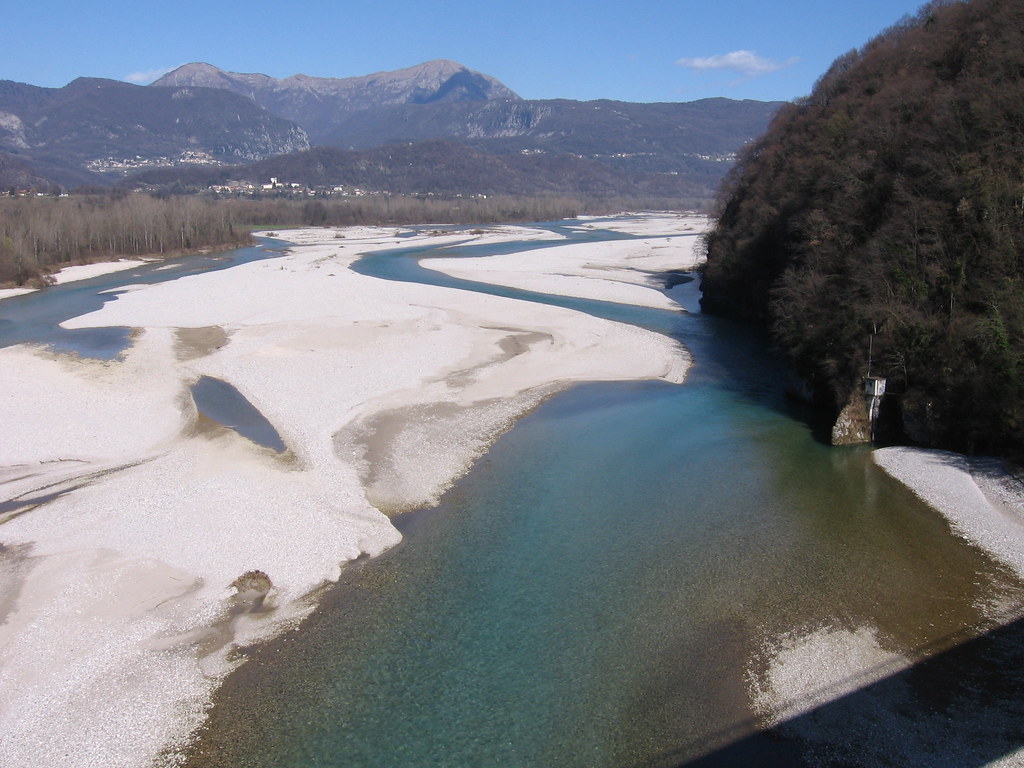
I think of the bed of the Tagliamento river and the shifting changing silty surfaces it runs along and with and then I think about all the other rivers I have met before – forceful mountain rivers running fast over rocks with steep direction, and city rivers deep and dirty, built as a liquid road for commerce.
These city rivers were condensed into a singular, the banks constructed from impermeable materials, and expected to carry out a function. That function was transporting extracted and stolen goods for the purpose of capitalist accumulation, which is the root cause of climate disaster. Water is held within banks, accumulation goes as planned, banks become bigger and more securitised, banks of the river become more controlled, waters become dirtier, and drinking water becomes ‘Blue Gold’ as the Earth’s veins are exploited. The dirty story of water seems to be as blanketed from western vision as the violent origins of capitalism. That is, until things get boggy on home turf.
A new friend told me about the river Tietê that runs along the suburbs of São Paulo, Brazil and into the city. She tells me that Tietê is dead, so polluted there is no turning back. A beluga whale is spotted in the Thames estuary in 2019, and people flock to see it and take pictures and buy ‘Benny the beluga’ souvenirs. My friend’s grandmother tells stories of bathing in the Tietê in her youth. Now the only time the family spends with the river is in the car, driving parallel to it on the daily commute. I wonder if my friend can feel the water on her skin even though she has never known what it feels like to be submerged in it. Do the stories live in our bodies, inherited? Do the stories of the river live on even after its death?
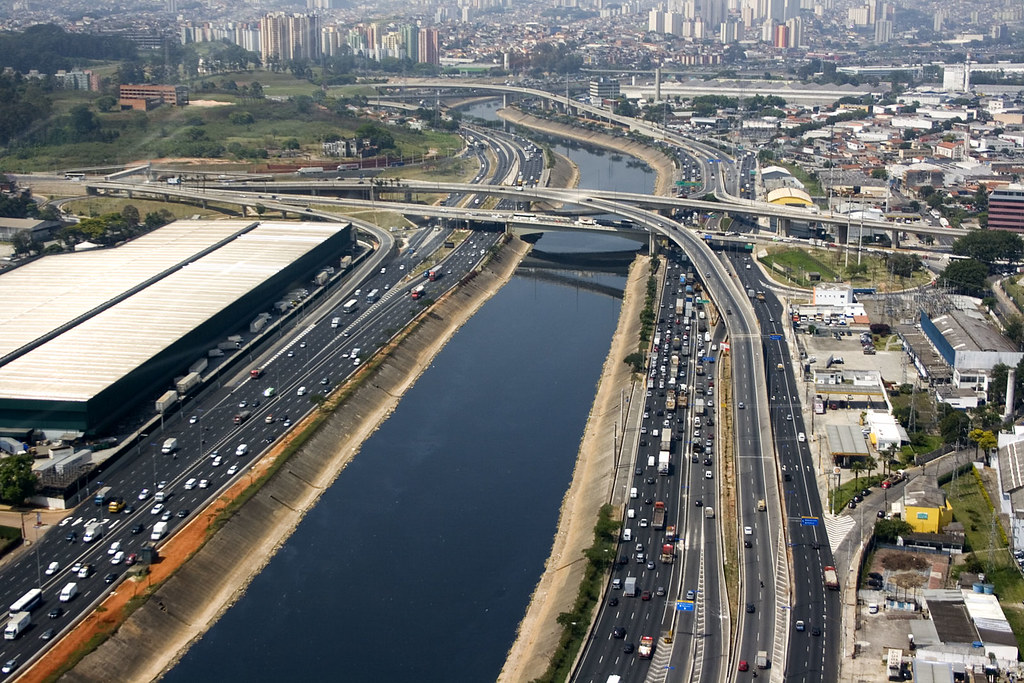
I travel by ferry towards the edge of England, and Toni Morrison’s words run through my mind, “’Floods’ is the word they use, but in fact it is not flooding: it is remembering. Remembering where it used to be. All water has a perfect memory and is forever trying to get back to where it was.”
The memes of the ship stuck in the Suez Canal were some of my favorites this year. Especially this one:
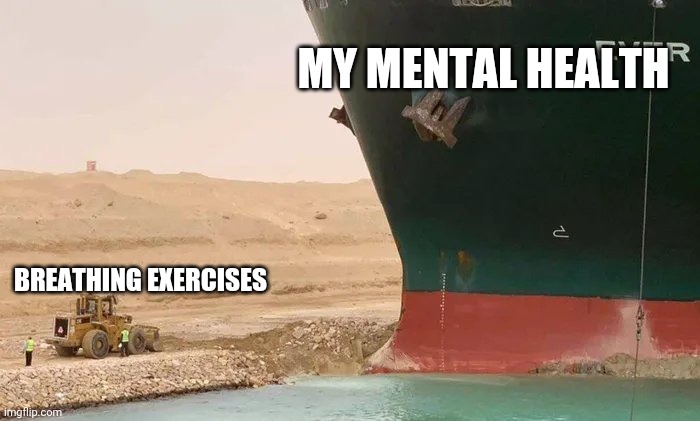
It is not the first mega ship to get stuck, but it’s the most spectacular. Many moments of stuckness go unnoticed because they get un-stuck in a timely manner—no doubt by underpaid workers who are set again to the task of moving the earth. I delighted in Charmaine Chua’s writing about how the flow of goods came to a standstill when early megaships tried to dock in ports not built for this level of monstrosity. It cost the companies real/not-real money and time. The not-so-delightful part is that the ocean floor was dredged, decreasing the amount of nutrients available for maritime animals and living beings as a whole.
It’s a race against time when it comes to money. The consequences of ‘solutions’ are not considered, and neither is humanity. In the rush to build the channel tunnel, investors expected quick returns and 10 people were killed in the construction. The weight of geological time is making its presence known to those who try to change its nature, but whose bodies feel this in grief and whose attention is turned elsewhere? In a coal pit in Scotland, my miner grandad saw his friend’s head fatally sliced open with one of the tools used for extraction. Time is money and if they didn’t make their quota they would lose their job, which was like losing life. They fought for their right to live, through the miner’s strikes, even if it was a life under the ground.
I am in Germany. I have never made friends with a river here, but I have spent time with local lakes. In Leipzig, they were made by filling former open cast mines, and it took a decade. My favourite of the two big lakes close to the city, Cospudener See, came into being at the turn of the century. And as I swim in the lake after a long day doing my taxes, I think of all the bodies that have moved and been moved by that space. How the bodies that performed the extraction are not the ones who experience the site as a place of leisure. I let my body float and think about the rivers that I have tasted, but never met. How my Dad buys me scotch whiskey every year for Christmas – a quiet cultural inheritance from the assimilated existence of a Scot in England, a delicious numbing of the senses and a tale written into water. I tell my Dad that I like the smoky scotches and he tells me that they get that flavour from the water that runs through peaty land on the Islay islands in the west of Scotland. I start working in bars shortly after moving to Berlin and another whiskey lover introduces me to Japanese scotch. I ask how the smokey taste made it to the scotch in Japan and they tell me the story of how Scottish water was sent by plane from Islay to Japan and I think about all that peaty water travelling through the air and wonder if it tastes the same on arrival. I try to remember the flavour in my mouth and all I can taste is earth.
Words by Zinzi Buchanan
Zinzi Buchanan is a dance artist, writer and death doula in training. They studied visual cultures at Goldsmiths and contemporary dance at NSCD. They received the Berlin Tanzstipendium 2020/21 and their research focuses on sickness, grief and divination.

